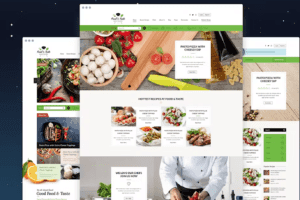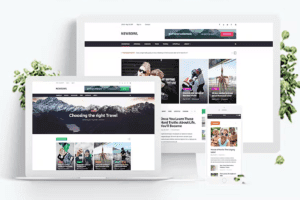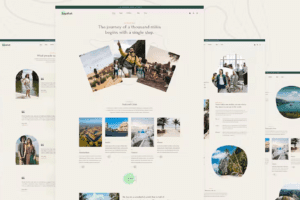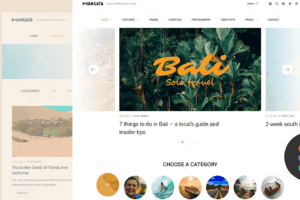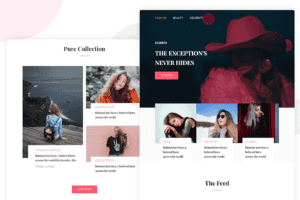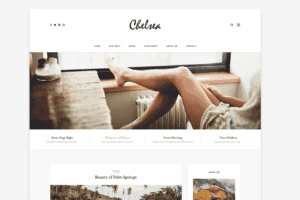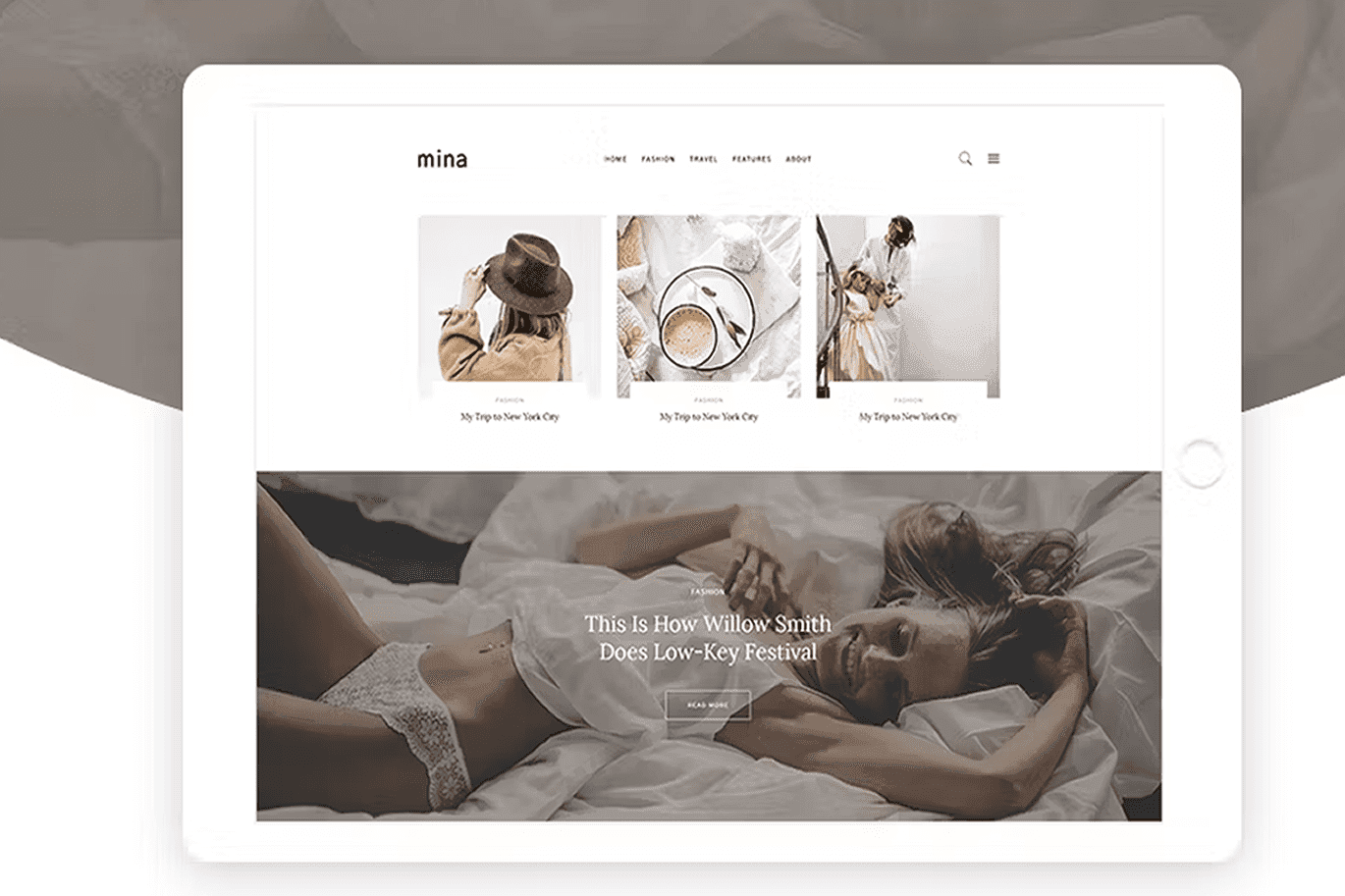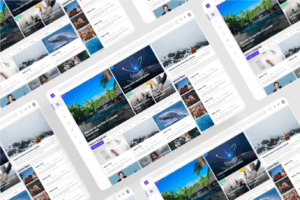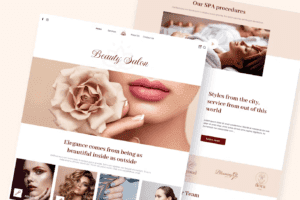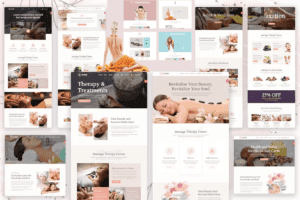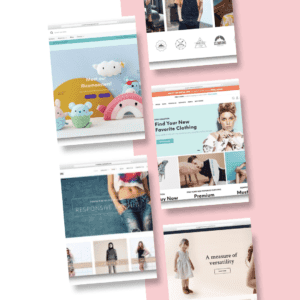Many businesses underestimate the power of visual content in their branding efforts. Graphic design plays a vital role in catching the attention of your audience and conveying your brand’s message effectively. In this blog post, we will explore the basics of graphic design and how you can use it to create eye-catching visual content that resonates with your target market. From color theory to typography and composition techniques, mastering these fundamentals will elevate your brand’s visual identity and make a lasting impression on your customers.
Understanding Design Principles
The world of graphic design is built upon a foundation of design principles that govern how we create visually appealing and effective content. These principles serve as guidelines for designers to follow in order to achieve balanced compositions, harmonious color schemes, and engaging visual experiences.
Exploring the Elements of Design
For designers, understanding the elements of design is crucial to creating impactful visuals. These elements include line, shape, color, texture, form, and space. By manipulating these elements, designers can create compositions that communicate their brand’s message effectively and capture the attention of their audience.
Each element plays a unique role in the design process. Lines can be used to create movement and lead the viewer’s eye, while colors evoke emotions and convey meaning. Shapes help to define objects and create structure, while textures add depth and tactile quality to a design. Understanding how to use these elements in conjunction with one another is important for creating visually appealing and cohesive designs.
Implementing the Principles of Design
Implementing the principles of design involves applying concepts such as balance, unity, contrast, emphasis, rhythm, and proportion to create visually pleasing compositions. These principles help designers organize the elements of design in a way that is aesthetically pleasing and effective in communicating the intended message.
Elements of design come together harmoniously when the principles are effectively implemented. By achieving a balance between these principles, designers can create visual content that is not only eye-catching but also conveys the brand’s identity and message effectively to the target audience.
Tools and Software for Graphic Design
Overview of Popular Design Tools
Tools play a crucial role in the world of graphic design, aiding designers in bringing their creative visions to life. Popular design tools such as Adobe Photoshop, Illustrator, and InDesign are widely used in the industry for their versatility and capabilities. These tools offer a wide range of features, including photo editing, vector graphics creation, and layout design, allowing designers to craft visually stunning content.
Other design tools like Canva and Sketch have gained popularity for their user-friendly interfaces and extensive template libraries, making it easy for beginners to create professional-looking designs without extensive training. Each tool has its strengths and unique features, catering to different design needs and preferences.
Tips for Choosing the Right Software
When choosing graphic design software for your projects, consider factors such as your design requirements, budget, and learning curve. It’s vital to choose software that aligns with your skill level and the type of projects you’ll be working on. Additionally, explore the compatibility of the software with your operating system and other design tools you may use to ensure a seamless workflow.
- Evaluate your design goals and preferred design style.
- Research the software’s reviews and features to determine if it meets your needs.
- Consider the scalability of the software as your skills and projects evolve.
Above all, prioritize software that empowers you to unleash your creativity and achieve your design objectives efficiently and effectively. Recognizing the best fit for your graphic design endeavors can lead to more seamless workflow and impactful visual content creation.
Creating Your Brand’s Visual Identity
Defining Your Brand’s Aesthetics
Your brand’s visual identity is the first impression that potential customers will have of your business. It is crucial to define your brand’s aesthetics to ensure that all visual content accurately represents your values and message. Consider elements such as colors, typography, imagery, and overall style that best reflect your brand’s personality.
Take the time to research and gather inspiration from other brands that you admire. Create mood boards or color palettes to visualize how you want your brand to be perceived visually. By defining your brand’s aesthetics, you can establish a cohesive and recognizable look that sets you apart from competitors.
Consistency in Brand Graphics
Creating consistent brand graphics is imperative for building a strong visual identity. Consistency helps to establish brand recognition and trust among your audience. From your logo and social media posts to your website design and marketing materials, all visuals should align with your brand’s aesthetics and guidelines.
This includes using the same color palette, typography, and imagery style across all platforms. Consistent branding reinforces your brand’s message and values, making it easier for consumers to connect with and remember your brand. Be mindful of, consistency is key to creating a memorable and impactful visual identity for your brand.
Application of Graphic Design in Various Media
Designing for Digital Platforms
Now, with the rise of digital marketing and online presence, graphic designers play a crucial role in creating visually appealing content for websites, social media, and other digital platforms. An effective digital design requires an understanding of user experience, responsive design principles, and the ability to create engaging visuals that captivate the audience’s attention.
An important aspect of designing for digital platforms is ensuring consistency across various devices and screen sizes. Designers must adapt their graphics to be responsive and accessible, keeping in mind the different ways in which users interact with digital content. It’s crucial to prioritize readability, usability, and quick loading times to create a seamless user experience.
Print Media Design Considerations
Considerations when designing for print media differ from digital platforms as the final product is tangible and static. An understanding of print specifications such as color profiles, resolution, and bleed is crucial to ensure the design translates correctly from screen to print. Designers must also consider the physical aspects of the medium, such as paper types, printing techniques, and finishing options.
To create successful print designs, designers must pay attention to detail and precision, as any errors in the layout or color can be costly to rectify. Collaboration with printers and an understanding of the printing process can help designers optimize their designs for the best possible results in the final printed product.
Designing for print media requires a keen eye for detail and an understanding of the technical aspects of the printing process. By mastering these considerations, designers can ensure that their visual content is translated accurately and effectively from screen to print.
Conclusion
Taking this into account, mastering the basics of graphic design is imperative for creating captivating visual content that will elevate your brand. By understanding the principles of design, color theory, typography, and composition, you can effectively communicate your brand’s message and values to your target audience. Remember to stay consistent with your brand’s aesthetics and always strive to create visually appealing and professional-looking content. With these foundational skills, you can confidently design eye-catching graphics that leave a lasting impression on your audience.
also read: GRAPHIC DESIGN BASICS: AN EASY GUIDE












